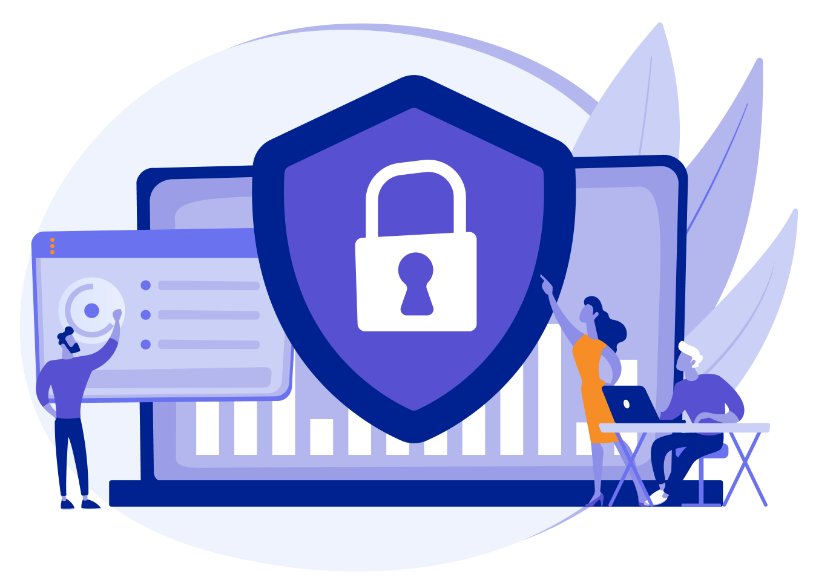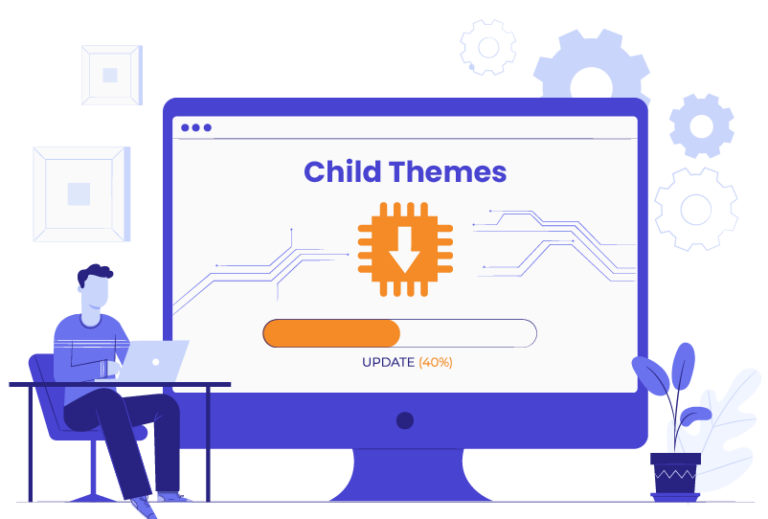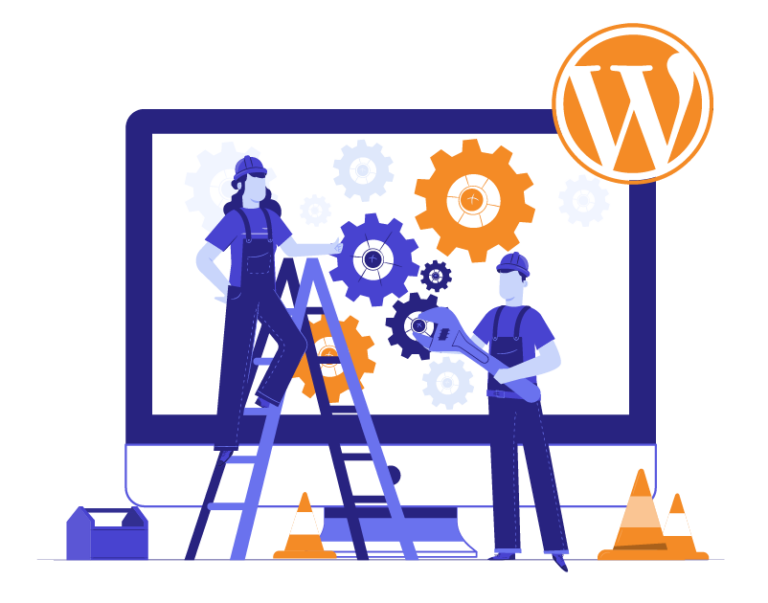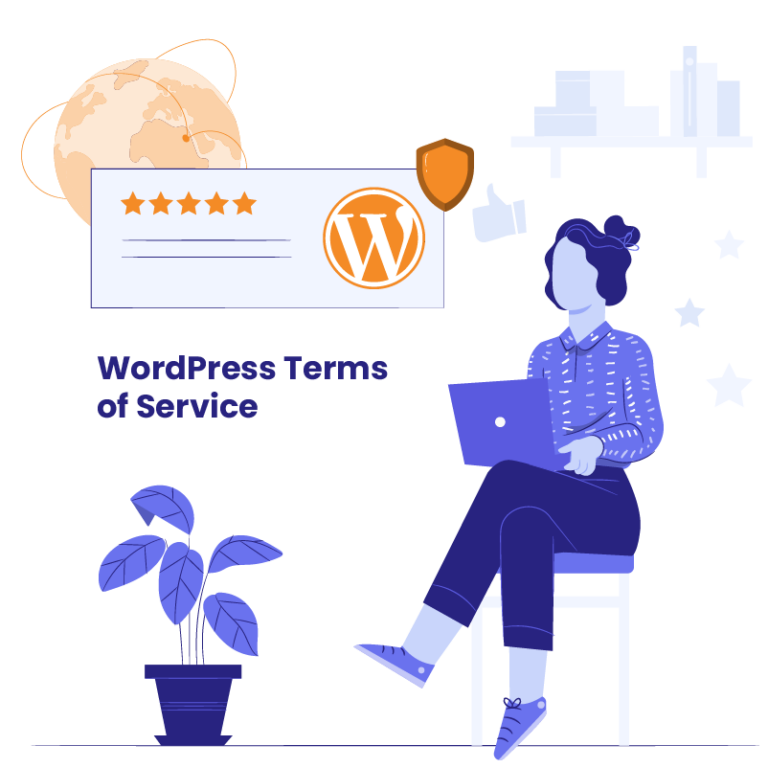In today’s digital landscape, security is a top priority for businesses and their websites. As a digital marketing agency, it is crucial to ensure the safety and security of your clients’ WordPress sites. The popularity of WordPress also creates a risk: nefarious actors are always looking to exploit its vulnerabilities. By understanding these vulnerabilities and implementing effective security measures, you can protect your clients’ websites from potential threats and maintain their trust. In this article, I will explore common vulnerabilities in WordPress and provide valuable insights on how to make a WordPress site secure.
Avoiding the risks of shared hosting
The hosting environment is the first crucial aspect to consider. Shared hosting, where multiple websites reside on the same server, is often touted as cost-effective, but it poses security risks.
The Chief Operations Officer (COO) of the White Label Agency (WLA), Bobby King, shared his insights about hosting vulnerabilities: “In a shared hosting environment, you have limited control over who your neighbors on the server are. If other websites sharing the same server are compromised, it increases the potential risk of your own websites being affected.”
Shared hosting environments can be vulnerable to security risks due to other factors too:
- Lack of Control: With shared hosting, you have limited control over the server configuration and security settings. The hosting provider manages the server, which means you may not have the ability to implement custom security measures like firewalls and malware scanning.
- Outdated Software: In a shared hosting environment, the hosting provider is responsible for managing the server and its software configurations. Since the server is shared among multiple websites, the provider may prioritize stability and compatibility over regularly updating the software. These older versions may have vulnerabilities that can be exploited by attackers. On the other hand, managed hosting services offer a higher level of control and management. They regularly update the server operating system and database software to the latest stable versions.
You can read more about how to make a WordPress site secure in terms of hosting here.
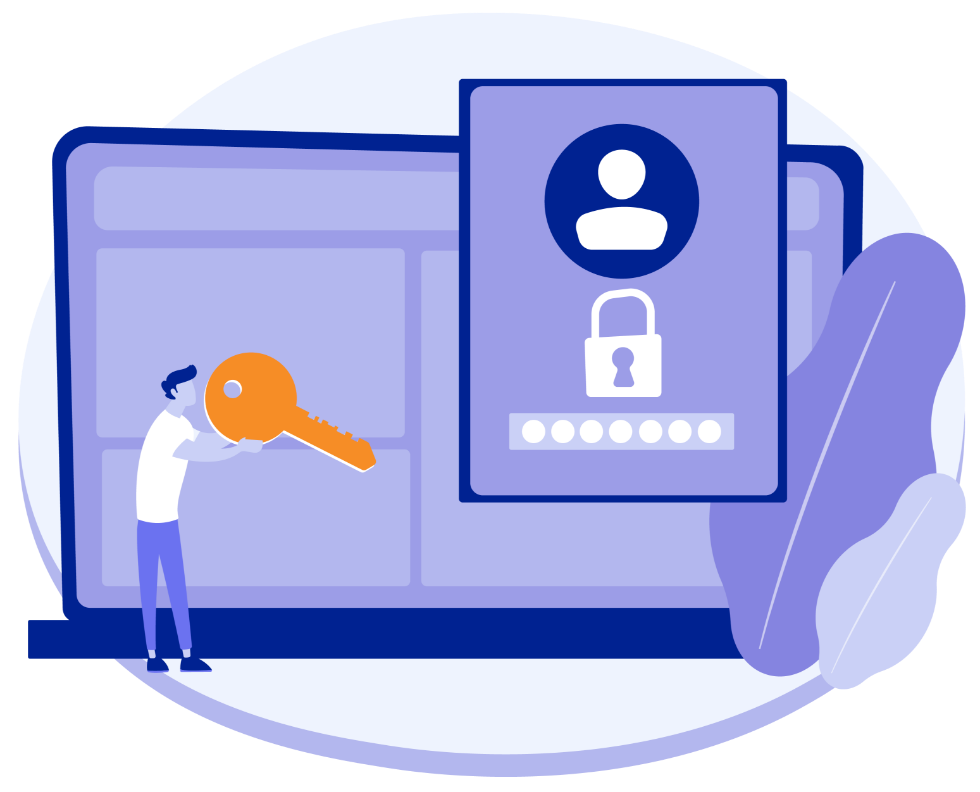
Securing your WordPress login
WordPress security starts with the login process. Weaknesses in the login setup are a key vulnerability that attackers exploit. Here are some essential tips to fortify it:
- Rename your login URL: By default, the login URL for WordPress is wp-admin or wp-login.php, making it an attractive target for hackers. Utilize security plugins such as iThemes Security to change this URL, effectively obscuring it from malicious actors and reducing the risk of brute force attacks.
- Limit login attempts: Implement a reCaptcha plugin that restricts the number of login attempts. This prevents hackers from repeatedly trying to crack passwords by automatically detecting and blocking suspicious login activity.
- Change passwords frequently: Regularly changing passwords is a fundamental security practice for any online account. Encourage users to adopt strong, unique passwords and discourage password reuse to minimize the risk of unauthorized access.
- Avoid using ‘Admin’ as a username: Using the default ‘Admin’ username creates an easily guessable target for hackers. Instead, opt for unique usernames that are difficult to predict, bolstering the security of your WordPress login.
- Employ two-factor authentication: Enable two-factor authentication (2FA) to add an extra layer of protection to your WordPress login process. Even if hackers acquire valid login credentials, 2FA ensures they cannot gain access without the additional authentication step, such as a unique code generated on a trusted device.
Ensuring Plugin Security
Selecting reputable and safe plugins is another essential step in how to make a WordPress site secure. WordPress plugins offer great convenience and functionality, but they can also introduce vulnerabilities if not chosen and managed carefully. With an extensive repository of over 50,000 plugins, the selection process can be overwhelming. Here are key considerations based on my interview with WLA’s COO Bobby King to ensure security and reliability while choosing WordPress plugins:
Plugin Description: Thoroughly read the plugin description to ensure it meets your specific needs. Look for plugins that offer comprehensive functionality without unnecessary extras. Avoid using plugins that come with excessive features and options–it may sound attractive to have these extra bells and whistles, but they can make your site slow and complicated.
Active Installations: Take a look at the number of active installations. A higher number of active installations indicates that the plugin is popular and trusted within the WordPress community. It’s generally safer to choose plugins that have hundreds of thousands or millions of installations. Plugins with fewer than 1,000 installations may not have been thoroughly tested for bugs and may lack ongoing updates and support.
User Reviews: User reviews can provide valuable insights into a plugin’s performance. Check the 5-star rating system and read user reviews to get an idea of others’ experiences. Consider whether the plugin aligns with your specific project requirements and take note of any feedback about its reliability and usability.
Last Updated Date: Pay attention to the last updated date of the plugin. Regular updates indicate that the developer is actively maintaining and improving the plugin. Avoid using plugins that haven’t been updated for a long time, as they may have security vulnerabilities or compatibility issues that could harm your site’s stability.

Strengthening comment security
When I asked WLA’s Customer Support Coordinator Anna Goncharenko, for tips on how to make a WordPress site secure and what are the vulnerabilities, she answered:
“The comments section is the easiest way to insert harmful code into the website”.
According to her, comments provide an easy entry point for injecting malicious code. Hackers exploit this vulnerability through SQL injection attacks, compromising the integrity of the database. Furthermore, they can utilize comments as a means to leave links leading to undesirable destinations.
To keep your website safe, it is crucial to carefully monitor and control comments. While completely disabling comments is the safest option, it may not always be possible. In such cases, it is highly recommended to enable the “Comment must be manually approved” option. This means you will review and approve each comment manually, allowing you to filter out any harmful or spammy content.
By requiring users to provide their name and email address, you can add an extra layer of verification and reduce the risk of fake or malicious comments.
To effectively deal with comment spam, using plugins like Akismet is recommended. Akismet uses smart technology to detect and block spam comments, providing a valuable defense against unwanted content.
